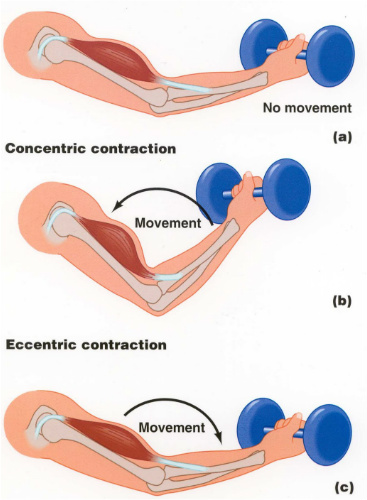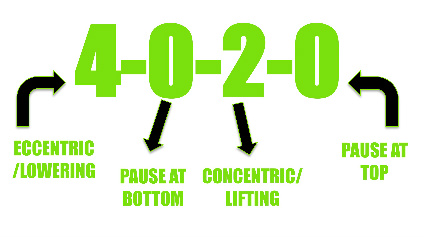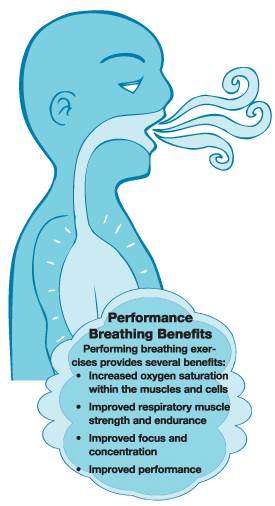So, you’ve been exercising consistently for the past few months. You used to get sore and your workout used to be such a struggle. It’s great that those things are not happening anymore because that means you have progressed and become stronger! But, to continue to get results in the gym you need to apply some principles of progressive overload.
Progressive overload is defined as the gradual stress placed on a muscle during resistance training. There are many ways to gradually stress a muscle: perform more sets, perform more reps, add more exercises or more weight. There is a common progression that is often overlooked: tempo. Tempo is the rate at which you perform the exercise. Everyone uses some sort of tempo whether it’s on purpose or not.
Below I will explain the different portion of the exercise movement and ways for you to gradually overload your muscles to continue making progress.
Contraction Phase
Isometric-Muscle contracts but does not shorten
In the example above doing a bicep curl, the moment tension is placed on the muscle and you begin to curl begins the isometric phase. This is also the moment you begin to exhale.
The concentric phase begins as the muscle shortens or “flexes”. You should fully exhale by the time you complete this contraction.
As you begin to move the weight back to starting position or lengthening the muscle, you begin the eccentric phase. This is when you will take you next big breath.
If you were to apply a particular tempo to this exercise it might  look something like this:
look something like this:
The eccentric phase (lengthening of the muscle) is always listed first. The pause with tension would be the isometric phase of the movement. Then, the concentric phase (shortening of the muscle) is listed third. It is when you would consider yourself performing the exercise of curling the dumbbell as seen above. Holding the contraction at the top of the movement would be the forth number seen above.
A great way to gradually introduce more stress to an exercise would be to increase the time under tension in one or more of the phases. In the example above, the lowering of the dumbbell would take 4 seconds. How often do you weight train that slow?
Focusing on your tempo during each exercise also allows you the time to breathe correctly. Breathing correctly allows your muscles to perform more reps because they receive more oxygen with each deep breath that you take. Over time this will increase your muscular strength and endurance yielding you tighter more toned muscles.

Breathing isn’t only beneficial to weight training, but also to stress relief. Considering when to take a deep breath and when to exhale will improve your focus and concentration. This can be helpful at work and while dealing with stressful situations. Overall, controlled breathing will improve your performance in and out of the gym.
Adding tempos with respect to controlled breathing allows you an opportunity to progressively overload your muscles and gradually increase your physical results. Below is an example fat burning workout that includes the use of tempos. Try it out and let us know what you think!
What you will need:
-Some sort of resistance from a barbell, dumbbell or gallon jug
-Water
EXERCISE | Tempo | Rest | Sets | REPS | |
A | Squat (Use barbell, DB or gallon jug as resistance) | 3:3:1:1 | 60 sec | 5 | 8 |
B1 | Push ups (elevate feet or hands) | 2:1:1:1 | 15 sec | 4 | 20 |
B2 | Glute bridge (squeeze glutes) | 3:0:1:1 | 60 sec | 20 | |
C1 | walking lunges (add weight if needed) | X | 15 sec | 3 | 10/leg |
C2 | Shoulder press (Use barbell, DB or gallon jug as resistance) | 4:1:1:0 | 60 sec | 15 | |
E | DB or kettle bell swing to face not above head | X | 45 sec | 3 | 15 |



